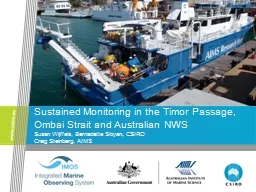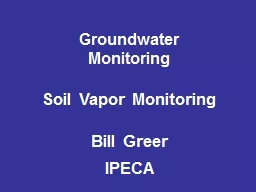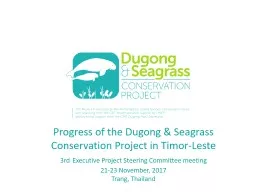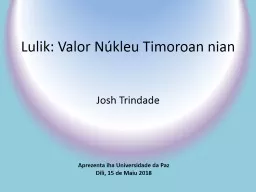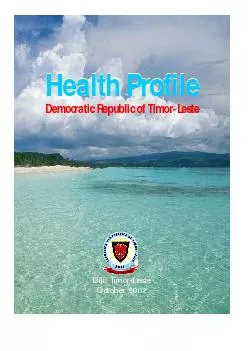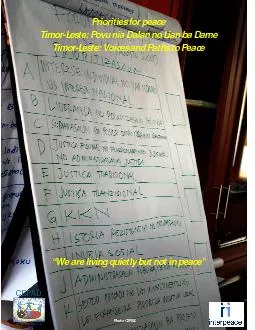PPT-Sustained Monitoring in the Timor
Author : alexa-scheidler | Published Date : 2016-06-03
Passage Ombai Strait and Australian NWS Susan Wijffels Bernadette Sloyan CSIRO Craig Steinberg AIMS INSTANT A PROCESS STUDY 20032006 Gaps in INSTANT Outflow measurements
Presentation Embed Code
Download Presentation
Download Presentation The PPT/PDF document "Sustained Monitoring in the Timor" is the property of its rightful owner. Permission is granted to download and print the materials on this website for personal, non-commercial use only, and to display it on your personal computer provided you do not modify the materials and that you retain all copyright notices contained in the materials. By downloading content from our website, you accept the terms of this agreement.
Sustained Monitoring in the Timor: Transcript
Download Rules Of Document
"Sustained Monitoring in the Timor"The content belongs to its owner. You may download and print it for personal use, without modification, and keep all copyright notices. By downloading, you agree to these terms.
Related Documents

